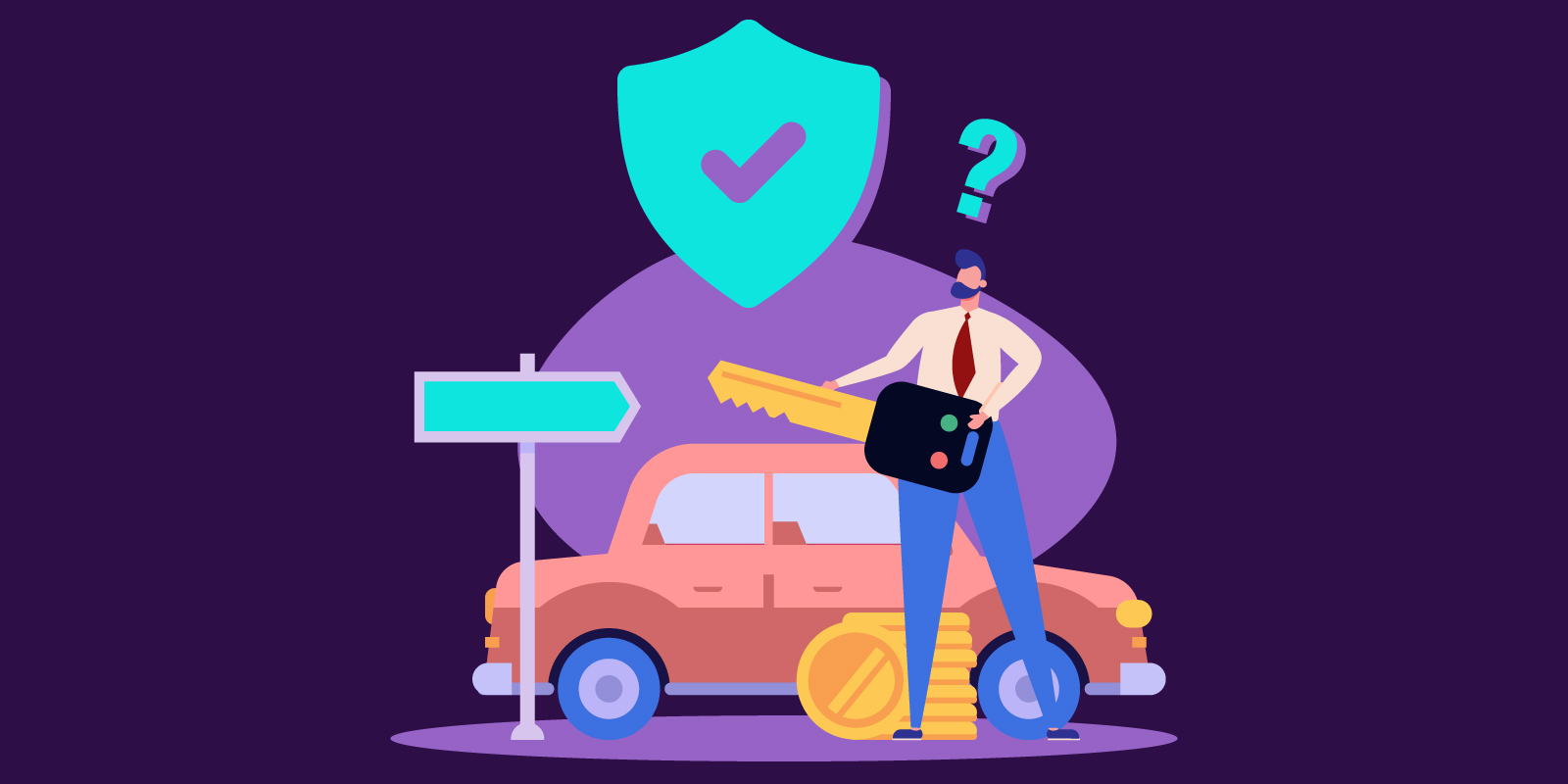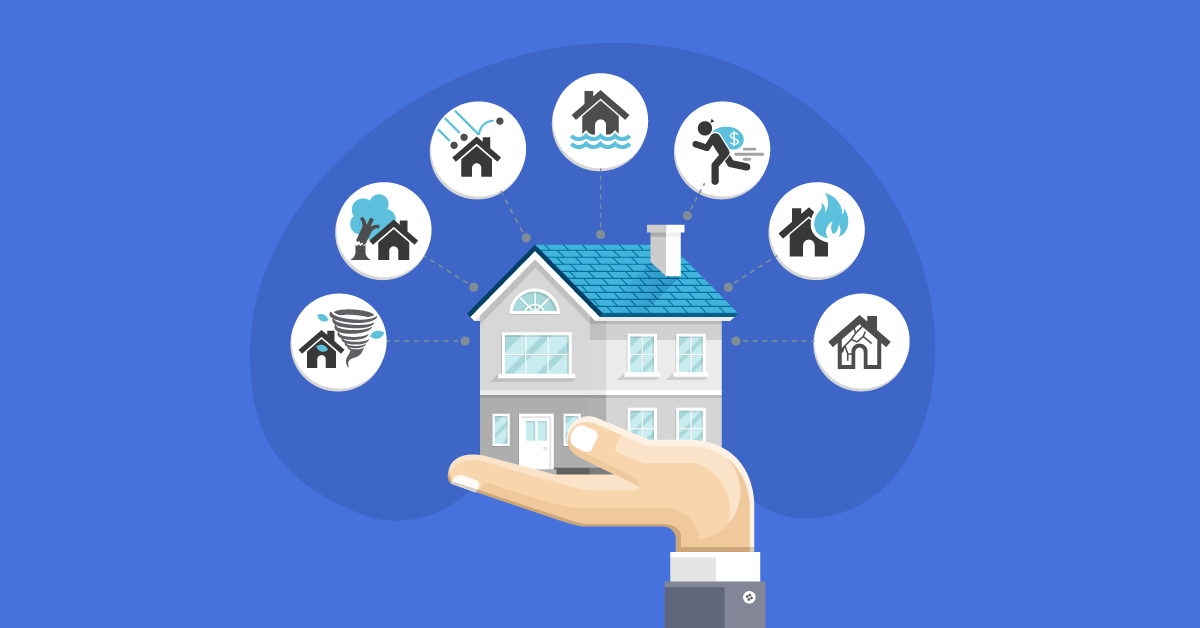Car insurance provides financial protection in the event that an accident or other incident causes damage to the vehicle or other property or results in bodily injury. Part of the responsibility of any driver is to have an active auto insurance policy that meets the minimum requirements of the driver’s state. If you lease your vehicle, you’ll still need to carry insurance, and the leasing company may have additional coverage minimums you must fulfill. Find out more about the insurance requirements that come with a leased car.
State Requirements for Insurance on a Leased Car
Most states have minimum insurance coverage requirements to meet to drive legally. Failure to do so could result in serious consequences like hefty fines or suspension of your driver’s license or vehicle registration.
Typically, the type of car insurance required in most states is liability insurance, which falls into two categories. The first is bodily injury coverage, which helps to pay for the cost of medical expenses incurred by other people injured in an accident. The average minimum is $25,000 per person and a total of $50,000 per accident.
The other type of liability insurance you likely need is for property damage. This pays for damages to other property as a result of an accident. A minimum coverage amount of $10,000 per accident is common. In some states, you may also need personal injury protection or uninsured/underinsured motorist coverage.
It’s important to remember that fulfilling only the minimum requirements set by your state could leave you responsible for costs associated with an at-fault accident that go beyond what your insurance policy covers. You may want to choose to carry insurance with higher liability limits to offer greater protection and prevent the possibility of having to pay for damages or liabilities out of your own pocket.
Leasing Company Requirements for Insurance on a Leased Car
If you are leasing a vehicle, you’ll need to account for these extra steps when it comes to your car insurance.
Full Coverage
Most automobile leases require the driver to keep full coverage on the vehicle. State-minimum liability is not enough. Full coverage insurance includes:
- Comprehensive Coverage: This insurance pays for damages caused by “an act of God” rather than a crash. Some examples of covered incidents include theft, damage from falling objects or damage from a natural disaster.
- Collision Coverage: This coverage pays for damages to the vehicle caused by an at-fault collision with a vehicle or other object.
Higher Limits
Your leasing company may also require liability coverage with higher limits than the state minimum. For example, Kia and Toyota only require the state minimum liability coverage, while GM, Honda and Nissan require additional coverage. The average is $100,000 for bodily injury per person with a $300,000 per accident maximum, plus $50,000 in property damage liability.
It’s important to understand the insurance requirements as they affect the cost of coverage. You need an active insurance policy in place to drive a leased car off the lot. Leasing companies generally require that you shop for and purchase insurance independently — and then provide them with proof of insurance.
List The Lender As a Payee
Another important thing to note is that when you lease instead of finance a car, you need to include the leasing company on your insurance policy as a payee. This ensures that any payments for a claim you file for damages are paid to the leasing company, the owner of the vehicle. You are still responsible for paying the premiums even though you won’t receive any claims money directly.
Gap Coverage
Another common add-on insurance policy required by leasing companies is gap coverage. It’s sometimes referred to as lease coverage and covers the difference between the vehicle’s current value and the amount you owe. Gap coverage is generally for new vehicles that experience a sharp depreciation in value once you drive the car off the lot. Your leasing company may include the cost of gap coverage in your lease payments.
Cost of Insurance for a Leased Car

The cost of car insurance varies widely. Whether you own or lease the vehicle does not in itself affect the cost of your insurance policy, but higher liability limits often lead to an increased cost for your insurance. Your premium price depends on your state’s minimum coverage, your leasing company’s insurance coverage requirements and the model of the car.
Benefits of Leasing a Car
When you lease a car instead of buying it, you essentially rent the vehicle for a specified time period. Leasing comes with certain restrictions and fees, but many people prefer this option as it has several advantages. These include:
- Leasing a vehicle typically involves lower up-front costs
- Monthly payments are usually less for a lease than for a purchase
- No difficulty or inconvenience for resale
- Possible tax deductions
Most vehicle leases last between 24 and 36 months. Leases restrict the freedom you have to modify the vehicle as well as the number of miles you can drive. When the lease runs out, you either return the vehicle or buy it at the price determined in your lease contract. If you enjoy getting a new car to drive every few years, leasing is a great option. You can also choose a luxury car that you otherwise couldn’t afford. Another great benefit is that maintenance and repair work is often included with the lease, which can save you a lot of money.
How to Obtain Insurance for a Leased Car
First, choose the right vehicle for you. It’s important to lease a car that you feel comfortable driving and that you can afford. Next, find out what insurance requirements your leasing company has. Finally, it’s time to shop for coverage. It’s always a good idea to get quotes from several insurance companies to compare rates and choose the best policy for your needs. Once you purchase insurance coverage, obtain proof for yourself and provide the leasing company with a copy.
Lease Or Own—Insurance Needed
Remember that even though you don’t own a leased vehicle, you still need insurance. Carefully consider your budget and insurance needs to determine if additional coverage, like gap insurance or higher liability limits, is best. The peace of mind you gain is often worth the higher cost of coverage.
You might also be interested in: How to Cancel Auto Insurance [In 4 Easy Steps]





